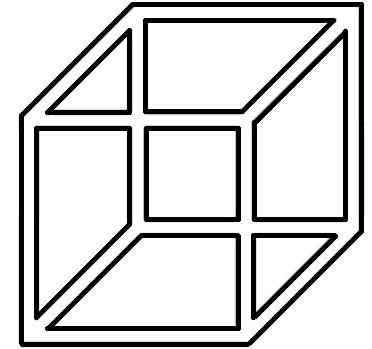Test: Vision (Sight) - 1 - MCAT MCQ
10 Questions MCQ Test - Test: Vision (Sight) - 1
The tri-chromatic theory of color vision describes the types of cones. Which of these is NOT a type of cone in humans?
Which of these is the correct order to the steps of the phototransduction cascade in reaction to light?
| 1 Crore+ students have signed up on EduRev. Have you? Download the App |
The blind spot is the area where the optic nerve connects to the retina. The ‘night blind spot’ occurs under conditions of low light and can extend 5 to 10 degrees from the center of the person’s field of view. What is the cause of the ‘night blind spot’?
Scientists selectively reared kittens in either an environment with lines of only vertical or only horizontal orientation. After 5 months, the scientists recorded from neurons in the cats’ cortex and found many neurons which responded to vertical lines in vertically reared cats, but no neurons that fired to horizontally oriented lines. The opposite occurred in horizontally reared cats; Horizontally reared cats had many neurons that responded to horizontal lines, but none that responded to vertical lines. What has likely happened to the cats?
The figure below is called a Necker cube. Opposite sides are parallel, and the cube’s orientation is ambiguous, alternating between the front face being the lower left or the upper right. Which cognitive mechanism creates this illusion?

What is the term for the process of creating electrical energy in response to light?
Pilots need accurate night vision to see effectively both inside the cockpit and to scan the sky for other aircraft. Pilots are advised to “close one eye when using a light to preserve some degree of night vision”. Why is this?
Many senses can contribute to the sensation of vertigo. Which of these statements describes a sense that is NOT contributing to postural control?
Which of these is an attribute of the magnocellular pathway?
Marr’s stages of vision describes how a 2D image on the retina is transformed to a 3D object. Which of these is NOT one of Marr’s 4 stages of vision?

















